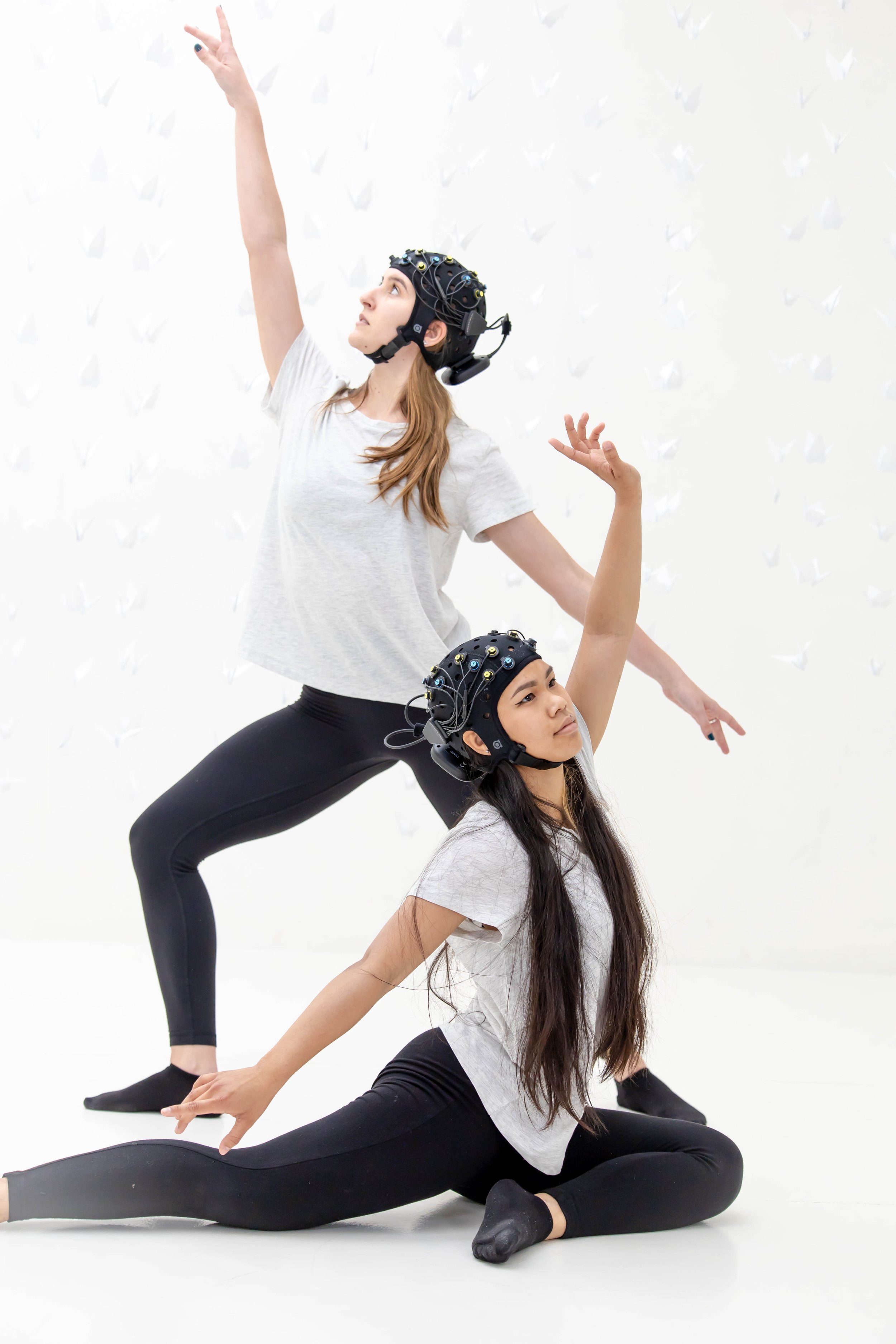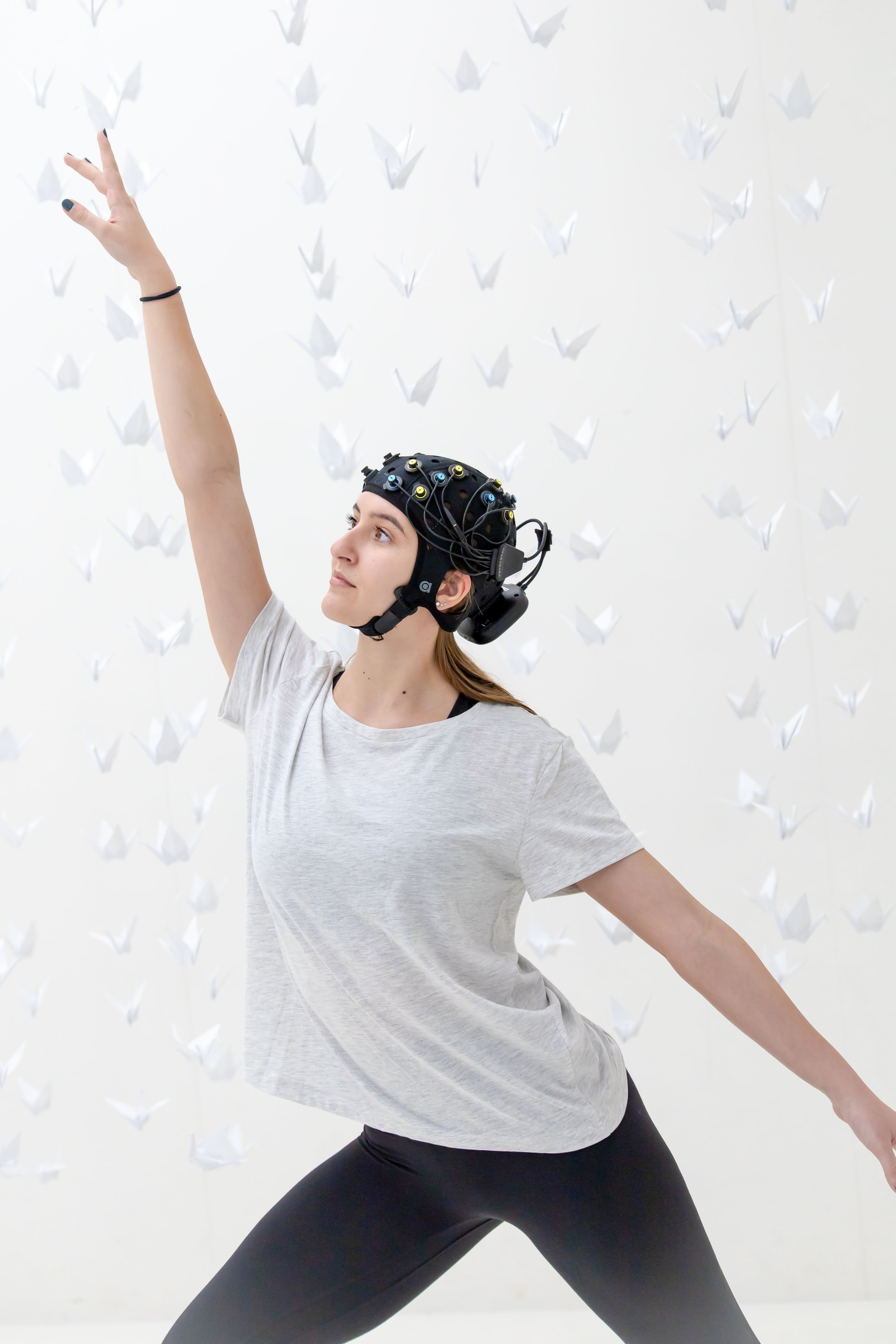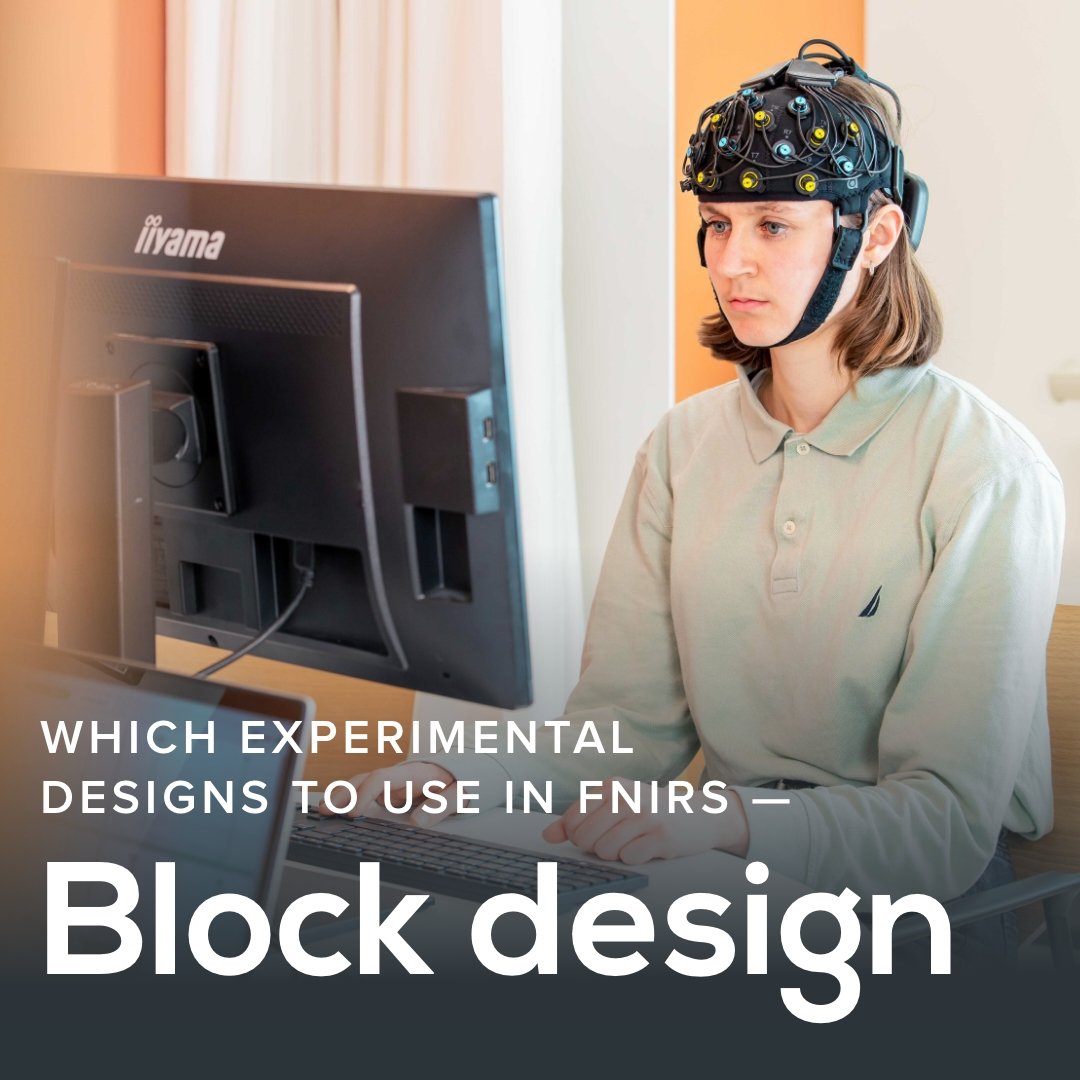Non-cerebral physiological interference in functional Near-Infrared Spectroscopy (fNIRS), a CURSE or BLESSING?
A case study on respiration interference
Thanks to the emergence of functional near-infrared spectroscopy (fNIRS) devices with a high sampling rate, extracting extra physiological parameters such as heart rate (HR) and respiratory rate (RR) is now possible. In this blog post, we discuss the possibility of estimating RR from fNIRS in a resting state. Unarguably, such estimation can provide complementary information to be used in conjunction with cerebral activity analysis.
Background
Over the last 20 years, functional near-infrared spectroscopy (fNIRS) has arisen as an effective optical neuroimaging modality for measuring oxygenated (O2Hb) and deoxygenated (HHb) hemoglobin concentrations associated with neuronal activity. Compared to other neuroimaging techniques such as electroencephalography (EEG) and functional magnetic resonance imaging (fMRI), fNIRS provides better spatial and temporal resolutions, respectively. Thus, a wide range of studies in different cognitive tasks and clinical settings have employed fNIRS. Nonetheless, similar to other neuroimaging techniques, susceptibility of fNIRS to artifacts that are stemmed from various non-cerebral sources causes a great challenge for the accurate analysis of brain activity. Generally, artifacts in fNIRS are classified into two categories: external and physiological interference [1]. The most prominent example of the former is motion artifacts, manifested by abrupt changes in the signal. The latter is the interference originating from physiological systemic activities such as heart rate, blood pressure, Mayer waves, and respiration.
Problem Statement
Although a majority of studies that have considered physiological interference as source of artifacts in fNIRS, a few investigations have showed that such interference can provide useful information for enhancing the accuracy of cerebral activity analysis. For example, we showed that using cardiac and respiratory features extracted from the fNIRS spectrum can enhance the accuracy of mental workload classification when employed alongside fNIRS temporal analysis [2]. In another study, Hakimi et al. [3] showed the synergy of combining fNIRS temporal analysis alongside the extracted heart rate variability (HRV) for the stress assessment. Respiration is a physiological interference that is vividly observable in the fNIRS spectrum (usually ranging from 0.2 to 0.4 Hz) (see Figure 1).
Figure 1: An example of fNIRS spectrum. The dark blue point stands for the dominant respiratory frequency (RR)
According to the best of our knowledge, except for a few studies that portion out respiratory components [4, 5], no research has yet considered the possibility of RR estimation from fNIRS. This is while fNIRS is being employed in several applications where RR can also play an important role, e.g., meditation, stress assessment, and exercise.
Methods
Hypothesis
It is common knowledge that inhalation and exhalation can alter the blood flow within the body. Thus, the increasing and decreasing of the intrathoracic pressure during inhalations and exhalations leads to a variation in blood volume, which is known as baseline wander. On the other hand, it has been shown that respiration has a stronger influence on the O2Hb than the HHb signal [6]. Hence, we can hypothesize that alterations in baseline wander of the O2HB signal are related to RR.
Proposed Method
Figure 2: A block diagram of the proposed method for stimation of RR from an fNIRS measurement.
A block diagram of the proposed method is shown in Figure 2. In short, the following steps are performed:
The optical density (OD) signals are converted to O2Hb and HHb concentration signals.
The signal quality (SQI) algorithm [7] is employed to select the O2Hb signal with the highest quality.
A band-pass filter with cut-off frequencies at 0.05 to 2 Hz is applied to the selected O2Hb signal.
The troughs of the filtered O2Hb signal are localized.
The baseline wander is formed based on the extracted troughs.
The formed baseline wander is resampled.
The dominant frequency of the resampled baseline wander is considered as the RR.
The signals used here were recorded by the PortaLite MKII device with a sampling rate of 100 Hz. In total, 360 50s trials of the concurrent O2Hb and reference respiratory signals from 18 subjects were used.
The average absolute error between the reference and estimated RR values for all trials was 1.3 breaths per minute (BPM). Figure 3 shows an example of the RR estimation after filtering the selected O2Hb signal.
Figure 3: An example for the RR estimation after filtering the selected O2Hb signal
Conclusion
This blog post provided a novel view on the respiration interference as a source of complementary information in fNIRS. From a research point of view, the proposed method facilitates the approximation of RR in applications where both cerebral and respiratory activities may synergize with the analysis. For instance, there is solid evidence in the literature suggesting that RR alternation is an indicator of anxiety and mental workload levels.
For more information, please read our open-access article here or contact askforinfo@artinis.com.
Literature [1] Scholkmann, F.; Kleiser, S.; Metz, A.J.; Zimmermann, R.; Pavia, J.M.; Wolf, U.; Wolf, M. A Review on Continuous Wave Functional Near-Infrared Spectroscopy and Imaging Instrumentation and Methodology. NeuroImage 2014, 85, 6–27.
[2]. Svinkunaite, L.; Horschig, J.; Floor-Westerdijk, M. Employing Cardiac and Respiratory Features Extracted From fNIRS Signals for Mental Workload Classification. In Biophotonics in Exercise Science, Sports Medicine, Health Monitoring Technologies, and Wearables II; SPIE: Bellingham, WA, USA, 2021; Volume 11638, pp. 53–61. 21.
[3] Hakimi, N.; Jodeiri, A.; Mirbagheri, M.; Setarehdan, S.K. Proposing a Convolutional Neural Network for Stress Assessment by Means of Derived Heart Rate from Functional Near Infrared Spectroscopy. Comput. Biol. Med. 2020, 121, 103810.
[4]. Tong, Y.; Lindsey, K.P.; Frederick, B. Partitioning of Physiological Noise Signals in the Brain with Concurrent Near-Infrared Spectroscopy and fMRI. J. Cereb. Blood Flow Metab. 2011, 31, 2352–2362.
[5]. Lühmann, A.; Li, X.; Müller, K.R.; Boas, D.A.; Yücel, M.A. Improved physiological noise regression in fNIRS: A multimodal extension of the General Linear Model using temporally embedded Canonical Correlation Analysis. NeuroImage 2020, 208, 116472.
[6] Reddy, P.; Izzetoglu, M.; Shewokis, P.A.; Sangobowale, M.; Diaz-Arrastia, R.; Izzetoglu, K. Evaluation of fNIRS Signal Components Elicited by Cognitive and Hypercapnic Stimuli. Sci. Rep. 2021, 11, 23457.
[7] Sappia, M.S.; Hakimi, N.; Colier, W.N.J.M.; Horschig, J.M. Signal Quality Index: An Algorithm for Quantitative Assessment of Functional Near Infrared Spectroscopy Signal Quality. Biomed. Opt. Express 2020, 11, 6732–6754











In fNIRS, achieving high data quality is crucial for reliable results, but it can still bear challenges due to hair or skin pigmentation, especially when using fNIRS systems with a higher channel number. In this blog, we present automated signal quality assessment methods that can serve as an efficient solution to detect good and poor data quality in fNIRS measurements.